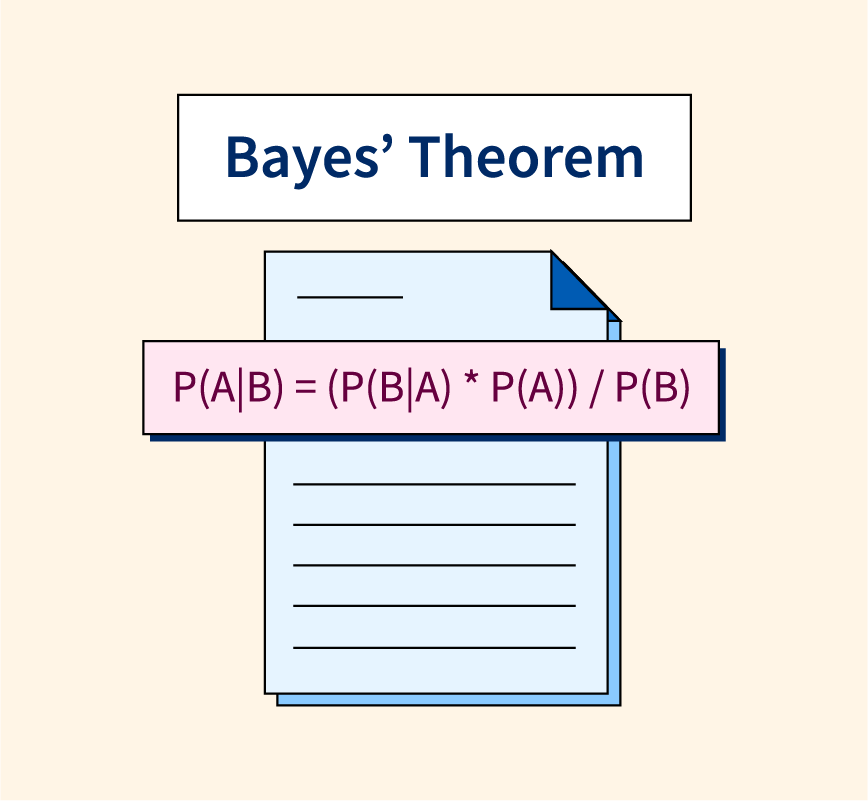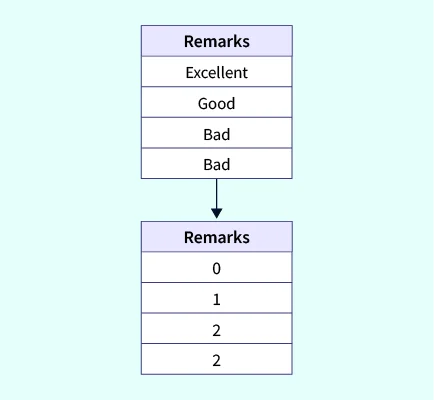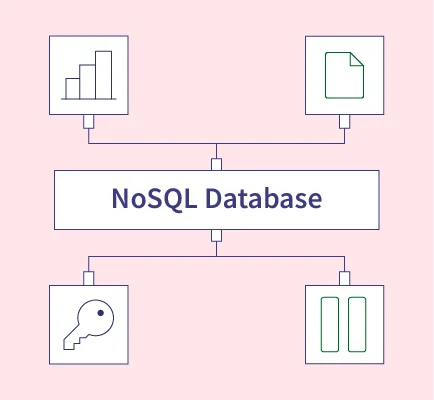Artificial Intelligence (AI) and data analytics are transforming how we live, work, and make decisions. AI uses data to mimic human intelligence, enabling machines to learn from experiences, recognize patterns, and make decisions. In today’s data-driven world, understanding the basics of AI is essential as it powers numerous applications, from recommendations on streaming platforms to predictive analytics in business.
What is Data Analytics?
Data analytics is the process of examining raw data to find patterns, draw conclusions, and make informed decisions. The primary goal of data analytics is to transform vast amounts of data into actionable insights that help organizations improve strategies and outcomes.
The basic stages of data analytics include:
- Data Collection: Gathering data from various sources.
- Data Cleaning: Removing errors or inconsistencies from the data.
- Data Analysis: Using techniques and algorithms to explore the data.
- Data Interpretation: Understanding and applying the insights gained from the data.
In today’s business environment, data analytics is essential. With AI-driven tools, companies can analyze data faster and more accurately, uncovering insights that were once difficult to see. This fusion of AI and data analytics enhances productivity and supports decision-making across industries.
The History and Evolution of Data Analytics
Data analytics has come a long way from its early days of basic statistical methods to the advanced AI-driven techniques we see today. Here’s a quick look at key milestones:
- Early Statistical Analysis: Data analysis began with simple statistical methods to identify patterns and make decisions.
- Rise of Big Data: As data volume grew, traditional methods struggled to keep up, leading to the emergence of “big data” and the need for more advanced analysis tools.
- Machine Learning and AI: With the advent of machine learning, data analytics gained the power to process massive datasets and make predictions, evolving into AI-driven analytics.
- Current Trends: Today, technologies like predictive analytics and real-time data processing allow organizations to act on insights instantly, thanks to AI’s rapid processing capabilities.
AI continues to push data analytics forward, making it faster, more efficient, and more insightful, enabling industries to tackle complex problems with greater accuracy.
Why Data Analytics is Important
Data analytics, powered by AI, is crucial in today’s world for a few key reasons:
- Enhanced Productivity: AI automates data processing tasks, enabling teams to focus on interpreting results and making strategic decisions, saving time and resources.
- Improved Decision-Making: With AI-driven insights, organizations can make data-backed decisions, helping them stay competitive and respond effectively to market changes.
- Cross-Industry Impact: In sectors like healthcare, AI supports diagnostics and personalized medicine, while in finance, it enhances fraud detection and investment analysis. Manufacturing, retail, and education are also benefiting from data analytics to optimize operations and deliver better services.
AI empowers organizations to gain deeper insights, helping them achieve better outcomes and remain adaptable in a data-rich world.
Key Concepts in Data Analytics
Understanding a few foundational AI concepts can help make sense of data analytics. Here are some key terms:
- Machine Learning: A subset of AI where machines learn from data without being explicitly programmed, helping them identify patterns and make predictions.
- Deep Learning: A more advanced type of machine learning that uses layered neural networks to analyze complex data, often used in image and speech recognition.
- Neural Networks: A system inspired by the human brain, consisting of layers of nodes that process information, commonly applied in machine learning.
- Natural Language Processing (NLP): This enables machines to understand and interact using human language, making it useful in applications like chatbots and sentiment analysis.
These concepts form the backbone of AI in data analytics, enabling tools that process data efficiently and uncover valuable insights.
Common Data Analytics Algorithms
In data analytics, several algorithms are commonly used to analyze data and make predictions. Here are a few widely applied ones:
- Linear Regression: This algorithm predicts a relationship between variables by finding a line that best fits the data points. It’s often used in trend forecasting and financial analysis.
- Decision Trees: Decision trees break down data into smaller parts to make decisions. It’s useful in classification tasks, such as deciding if a customer will buy a product based on their profile.
- Clustering: This groups similar data points together, helping to identify patterns, such as segmenting customers with similar buying behaviors.
- Neural Networks: These are used in deep learning to solve complex tasks like image recognition by processing data through layers of nodes.
These algorithms enable data analytics to address different problems effectively, depending on the type of insights needed.
Applications of Data Analytics
Data analytics, with the power of AI, has practical applications across many fields. Here are some impactful examples:
- Healthcare: AI aids in diagnostics and personalized medicine, using patient data to recommend treatments tailored to individual needs.
- Finance: In finance, data analytics helps detect fraud by analyzing transaction patterns and predicting risks, making financial operations more secure.
- Retail: Retailers use AI to understand customer preferences, optimizing product recommendations and enhancing customer experiences.
- Manufacturing: Data analytics improves efficiency by predicting equipment maintenance needs, reducing downtime and improving productivity.
These applications show how AI-driven data analytics transforms data into actionable insights, driving improvements in various industries.
How to Get Started with Data Analytics
If you’re new to data analytics, here are some practical steps to help you get started:
- Learn Basic Programming: Start with Python or R, as they are widely used in data analytics for data manipulation and analysis.
- Understand Key Math Concepts: Familiarize yourself with statistics and probability, as they form the foundation of data analysis.
- Take AI and Data Analytics Courses: Many online platforms offer beginner-friendly courses on data analytics, machine learning, and AI fundamentals.
- Practice with Real Data: Work on projects using public datasets to apply your skills. For example, you could analyze sales data or create a simple chatbot.
Gaining hands-on experience is essential, so dive into projects to build your confidence and deepen your understanding.
Careers in Data Analytics
Data analytics offers a range of exciting career paths. Here are some popular roles:
- Data Scientist: Data scientists analyze and interpret complex data to help organizations make decisions. They need skills in machine learning, programming, and statistical analysis.
- AI Engineer: AI engineers focus on building AI models and deploying them into applications. They work with machine learning algorithms and deep learning frameworks.
- Machine Learning Engineer: Machine learning engineers design and build models that allow computers to learn from data. They often work on applications like recommendation engines and fraud detection.
- Research Scientist: Research scientists focus on advancing AI and data science through experimentation and theoretical work.
The demand for these roles is high, and with the right skills, they offer competitive salaries and growth opportunities.
The Future of Data Analytics
The future of data analytics is filled with exciting trends and advancements:
- AI Ethics and Transparency: As AI becomes more integrated into decision-making, there’s a growing focus on ethical considerations and the transparency of AI models.
- Increased Interpretability: Efforts to make AI models more understandable will help people trust and use AI tools more effectively.
- Impact on Jobs and Society: While AI will automate some jobs, it’s also creating new opportunities in data science, AI ethics, and model management.
Data analytics is constantly evolving, and staying updated on these trends will be essential for professionals looking to make a lasting impact in the field.
Additional Resources on Data Analytics
1. Introduction to Data Analytics
- What is Data Analytics
- What is Big Data Analytics
- Difference Between Data Analysis and Data Analytics
2. Careers and Roadmaps
- How to Become a Data Analyst
- How to Become a Data Analyst with No Experience
- Career in Data Analytics
- Data Analytics Roadmap


